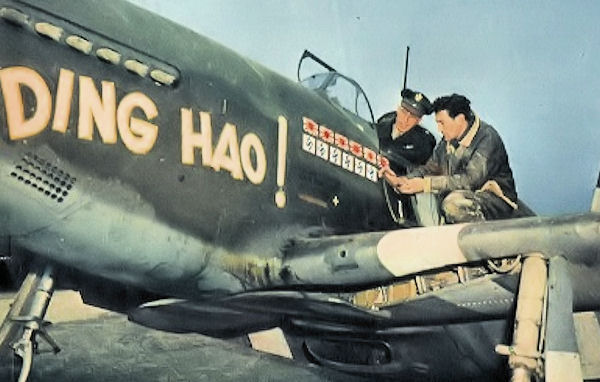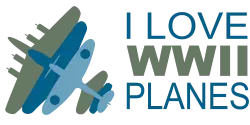The Awesome P-51 Mustang in 16 Photos
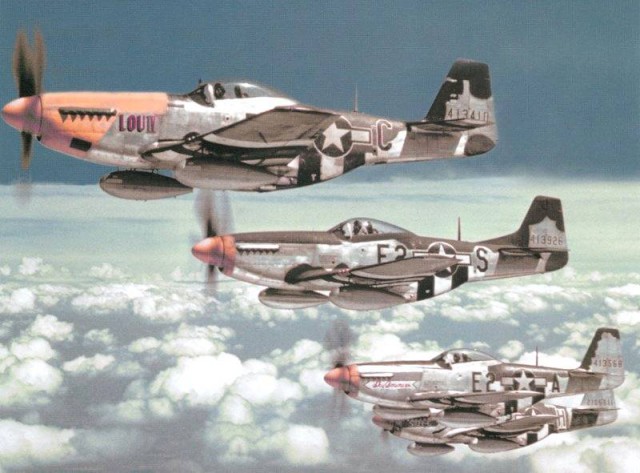
The P-51 Mustang is undeniably one of, if not the most iconic aircraft of World War Two. It was the first Allied aircraft that merged speed, agility and firepower with extremely long range, being able to fly further than any of its contemporaries, and wreak havoc when it arrived.
The single seat fighter was developed in just 102 days by North American Aviation in early 1940. The company was originally asked to build Curtis P-40 fighters, but believed they could produce a better design instead, and they certainly succeeded!
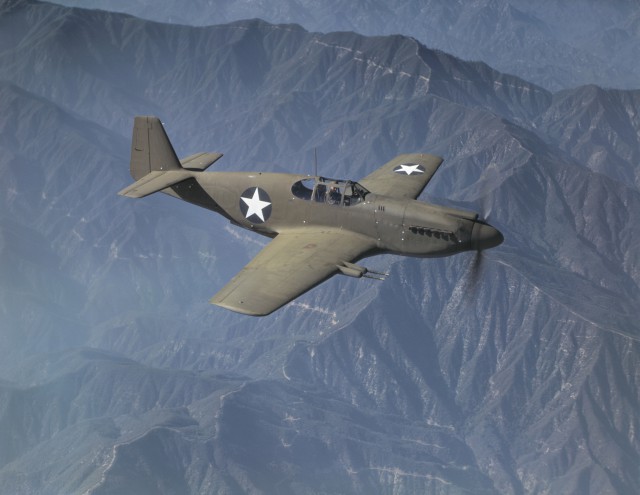
The early Mustangs were very different to their more famous later versions. They began with a well-framed canopy, similar to other fighters of the time, and an Allison V12 that produced over 1,400 hp. This engine was good at low altitudes, but would produce significantly less power above 15,000 ft due to its single stage-supercharger, limiting the P-51s performance, a problem when trying to protect high altitude bombers.
The P-51B saw this engine replaced with the Merlin 61, an engine of similar power, but with a two-stage supercharger, greatly increasing performance at high altitude over the Allison engine.
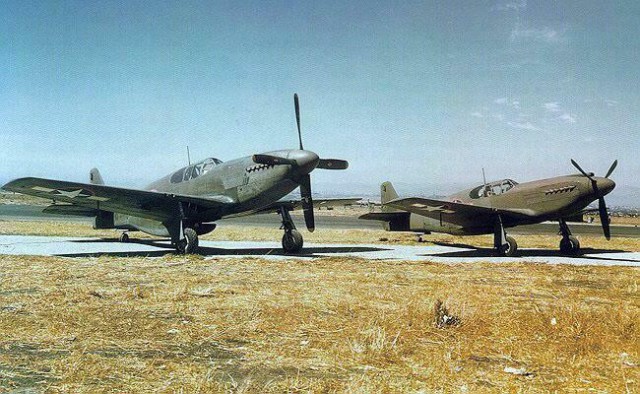
The most well known version of the Mustang was the P-51D, and is the model that often comes to mind when hearing of the aircraft. Amongst other changes, most notable was the newer bubble canopy, giving the pilot much greater visibility.
It carried six .50 caliber machine guns, 3 in each wing. The P-51D had a top speed of 440 mph, a maximum altitude of over 40,000 ft, and a range of over 1,600 miles with drop tanks.
From late in 1943 P-51’s were used to escort bombers in raids over occupied Europe and over Germany, all the way to Berlin. The P-51’s with Merlin engines were also used as fighter-bombers which helped the Allies achieve air supremacy over Europe.
The aircraft was well liked by its pilots, and feared by their enemies, although in a straight-up dogfight, the British Spitfire often held an edge in handling. Pilots enjoyed good speed, firepower, range, cockpit comfort, and manoeuvrability, allowing it to take on any enemy fighters, including the German Me-262, establishing it as one of the best aircraft of the war.
After WW2, the P-51 remained the US’s primary fighter, seeing more combat in the Korean war, primarily as a ground attack aircraft. Its long range was particularly useful in this part of the world. It would be replaced by new jet aircraft like the F-80, F-84 and F-86 Sabre.
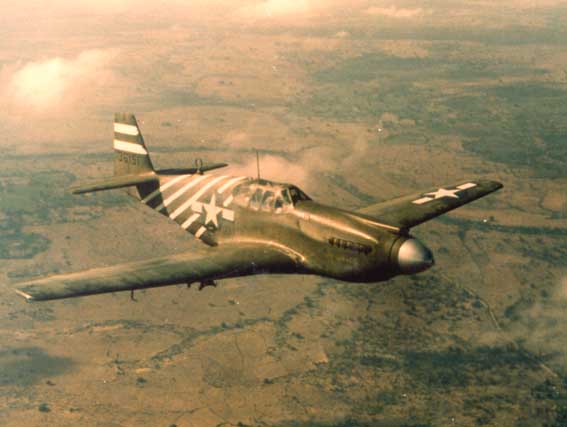
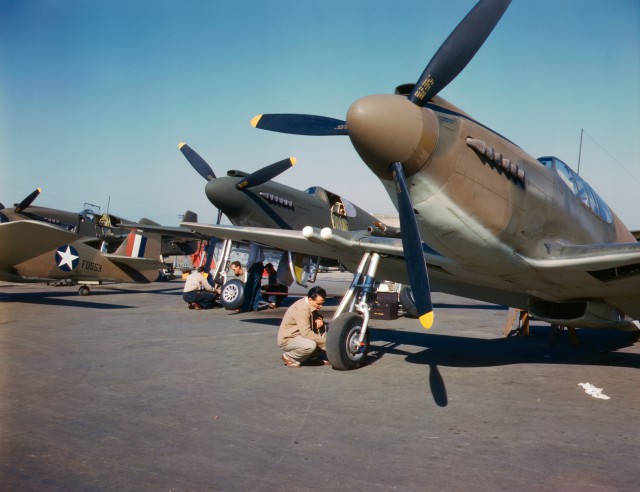



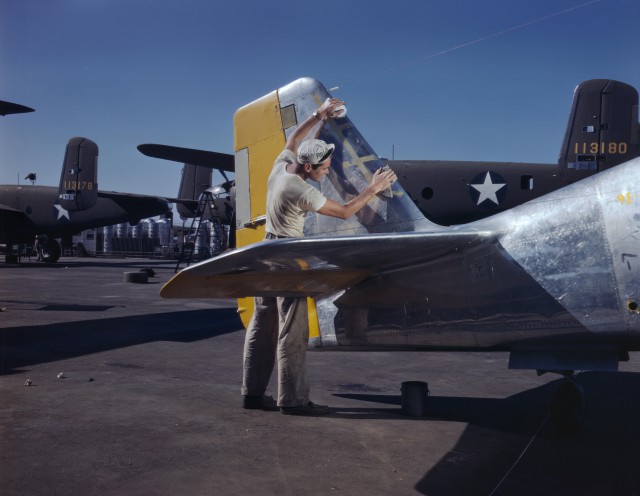

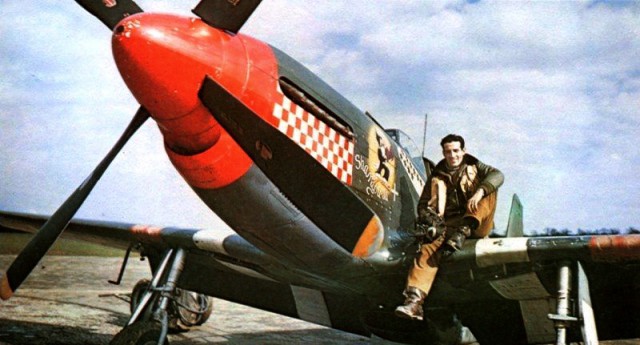
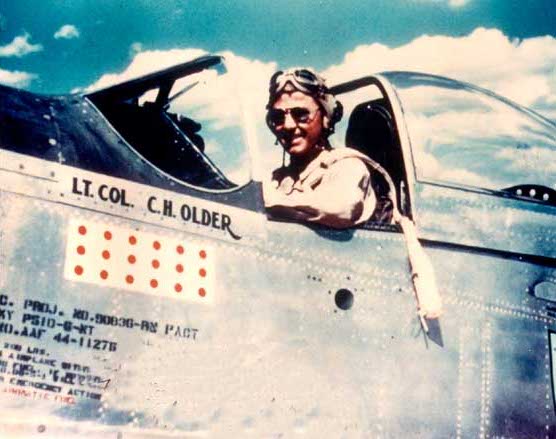
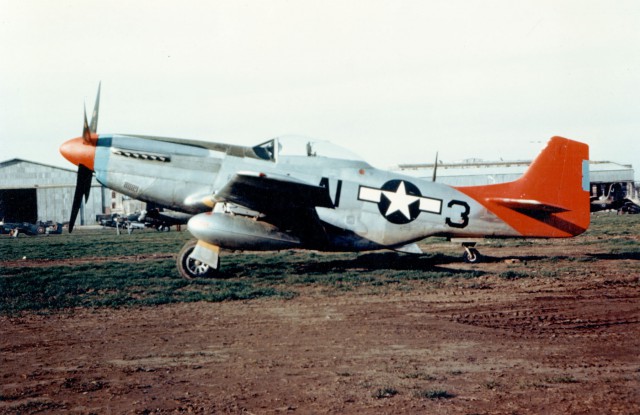
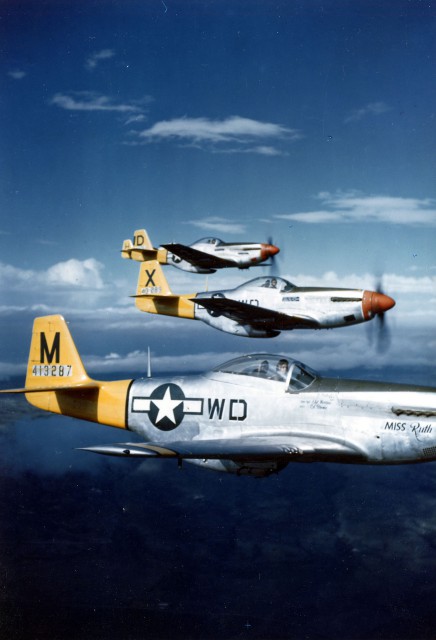

Another Article From Us: Puff, the Magic Dragon – the AC-47 Gunship
